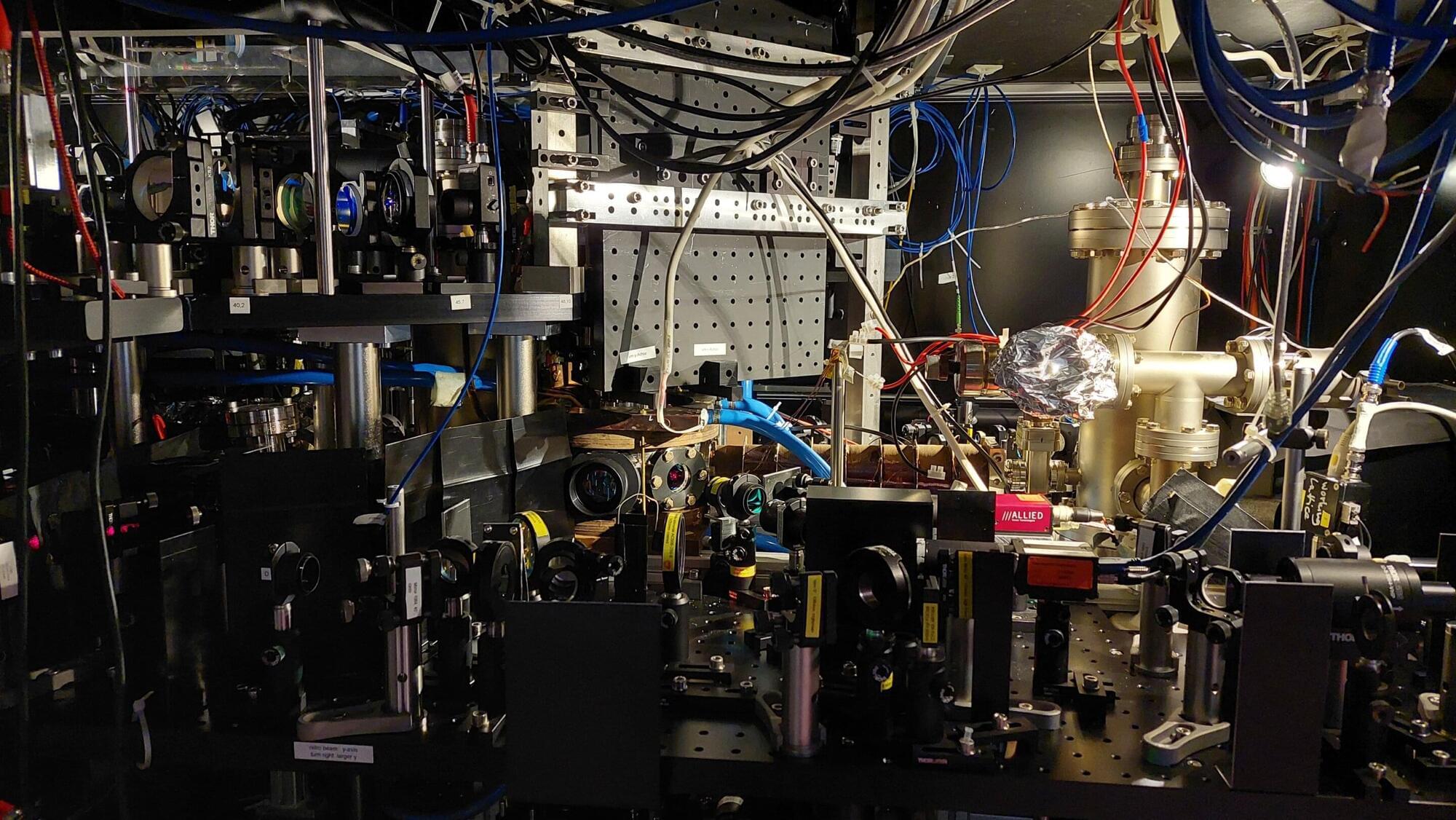Millennium Prize Problems Lecture 9/17/2025
Speaker: Michael Freedman, Harvard CMSA and Logical Intelligence.
Title: the poincaré conjecture and mathematical discovery.
Abstract: The AI age requires us to re-examine what mathematics is about. The Seven Millenium Problems provide an ideal lens for doing so. Five of the seven are core mathematical questions, two are meta-mathematical – asking about the scope of mathematics. The Poincare conjecture represents one of the core subjects, manifold topology. I’ll explain what it is about, its broader context, and why people cared so much about finding a solution, which ultimately arrived through the work of R. Hamilton and G. Perelman. Although stated in manifold topology, the proof requires vast developments in the theory of parabolic partial differential equations, some of which I will sketch. Like most powerful techniques, the methods survive their original objectives and are now deployed widely in both three-and four-dimensional manifold topology.







